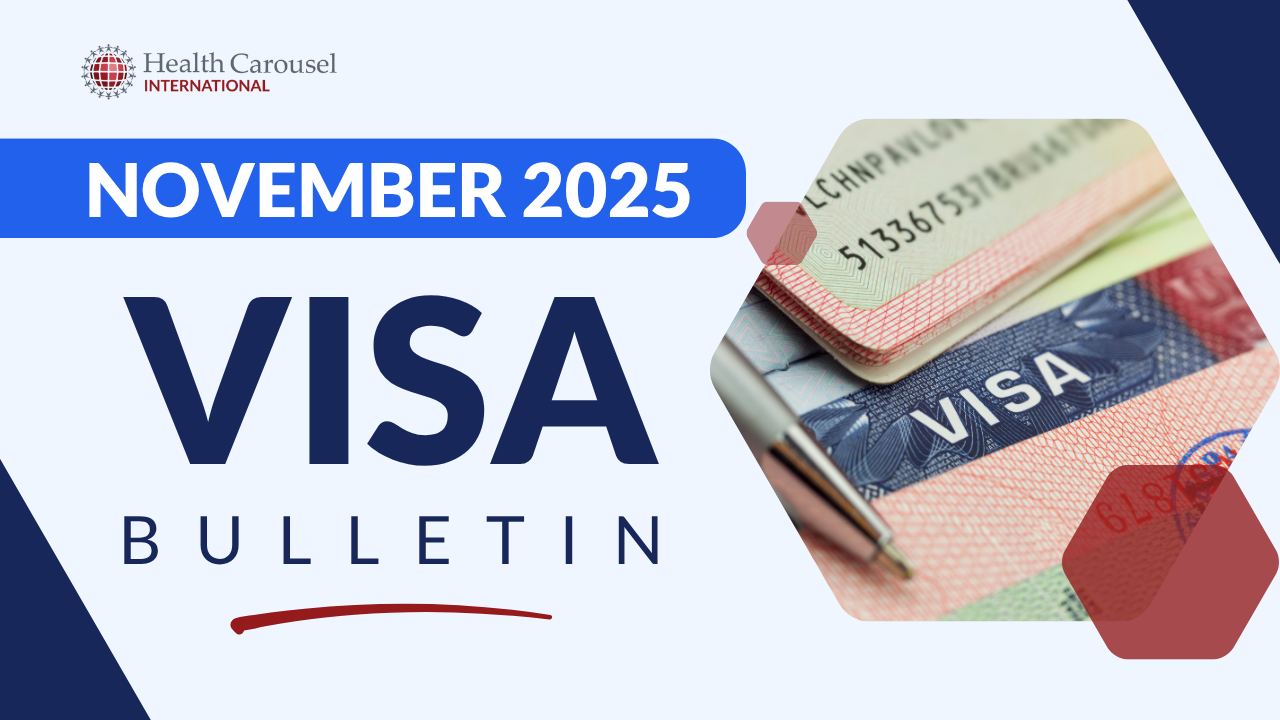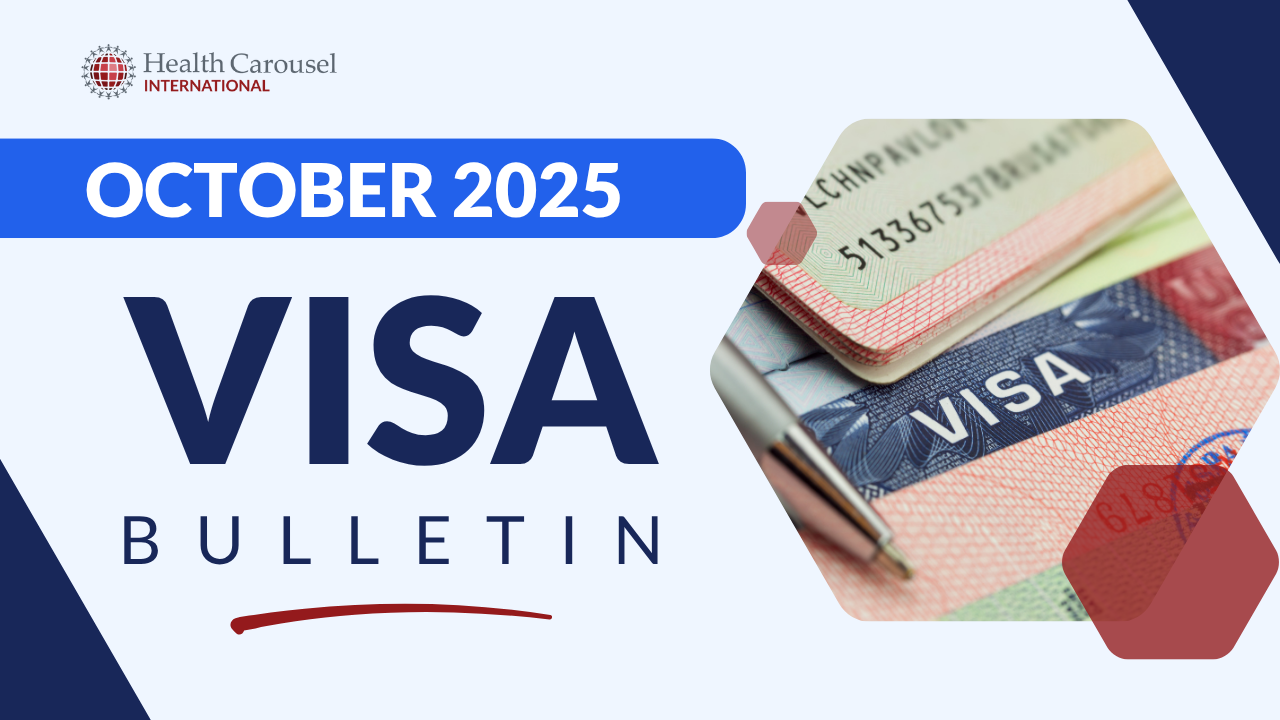My American dream made possible only with the help of the ever supportive PassportUSA team. Right after i passed my NCLEX way back May 17, 2022, I searched a rightful agency to cater all my needs to get that dream. June 2022 signed up Health Carousel PassportUSA, then happy to know that my petition was approved July 22, 2022. I was over the moon that time wondering how they do that so fast!
As I continued my work in Saudi Arabia, unfortunately, the visa bulletin month of August 2022 is when retrogression started. With the help of my IDA and all their encouragement, I continued to hope and pray. I believed that everything has reasons, so I focused on completing the remaining requirements, from English eligibility until I got my Visa Screen certification.
PassportUSA has been very supportive even in retrogression stage, I was never alone.
October 20, 2023 I was DQ, then January 2024 my PD got current, transferred my case from Riyadh to Manila Embassy last February 20, 2024 and only a week, the process was complete, amazingly fast!
The thrill continues when I got the update from the NVC then on April got my P4 interview letter, I think it happened so fast! May 10, 2024 for my Embassy interview.
When God will work with you, everything is possible! Confidently, I am proud to answer that I am one of the products of PassportUSA. I got my visa together with my two sons.
I am Brigette, 46 years old, single mom, always saying that, perseverance is the key to success partner it with the right people, positively influencing you on the way to success! Health Carousel PassportUSA is the one! And I am so grateful and honored to be part of this family.
My American dream made possible only with the help of the ever supportive PassportUSA team. Right after i passed my NCLEX way back May 17, 2022, I searched a rightful agency to cater all my needs to get that dream. June 2022 signed up Health Carousel PassportUSA, then happy to know that my petition was approved July 22, 2022. I was over the moon that time wondering how they do that so fast!
As I continued my work in Saudi Arabia, unfortunately, the visa bulletin month of August 2022 is when retrogression started. With the help of my IDA and all their encouragement, I continued to hope and pray. I believed that everything has reasons, so I focused on completing the remaining requirements, from English eligibility until I got my Visa Screen certification.
PassportUSA has been very supportive even in retrogression stage, I was never alone.
October 20, 2023 I was DQ, then January 2024 my PD got current, transferred my case from Riyadh to Manila Embassy last February 20, 2024 and only a week, the process was complete, amazingly fast!
The thrill continues when I got the update from the NVC then on April got my P4 interview letter, I think it happened so fast! May 10, 2024 for my Embassy interview.
When God will work with you, everything is possible! Confidently, I am proud to answer that I am one of the products of PassportUSA. I got my visa together with my two sons.
I am Brigette, 46 years old, single mom, always saying that, perseverance is the key to success partner it with the right people, positively influencing you on the way to success! Health Carousel PassportUSA is the one! And I am so grateful and honored to be part of this family.
%20(1).webp)
%20(1).webp)
.svg)


.webp)
.webp)
.svg)
.svg)
.svg)
.svg)
.svg)
.svg)
.svg)
.svg)
.svg)
.svg)
.svg)
.svg)
.svg)
.svg)
.svg)
.svg)



.webp)




.webp)
.svg)
.svg)
.svg)
.svg)
.svg)








%20(1).webp)
.webp)


.svg)
.webp)
.webp)
.webp)
.webp)

.svg)

.webp)
.webp)